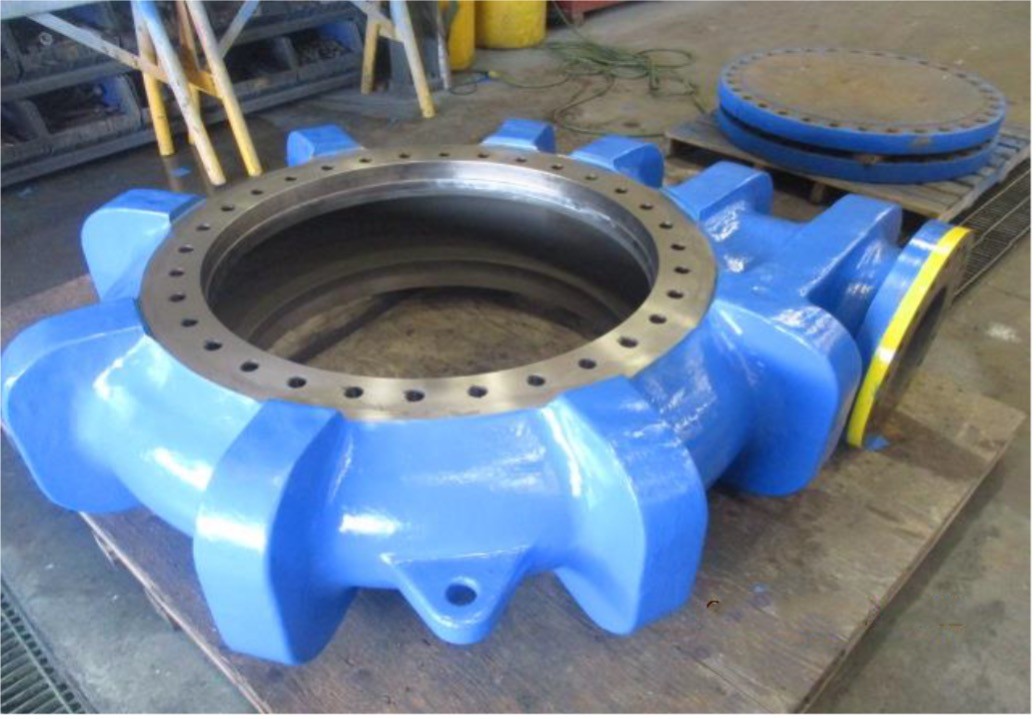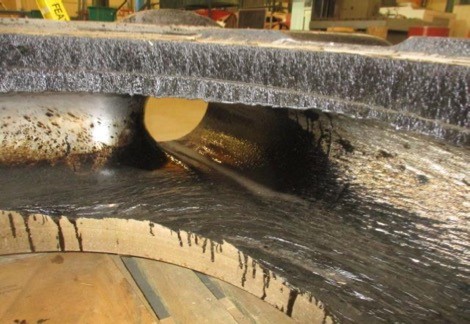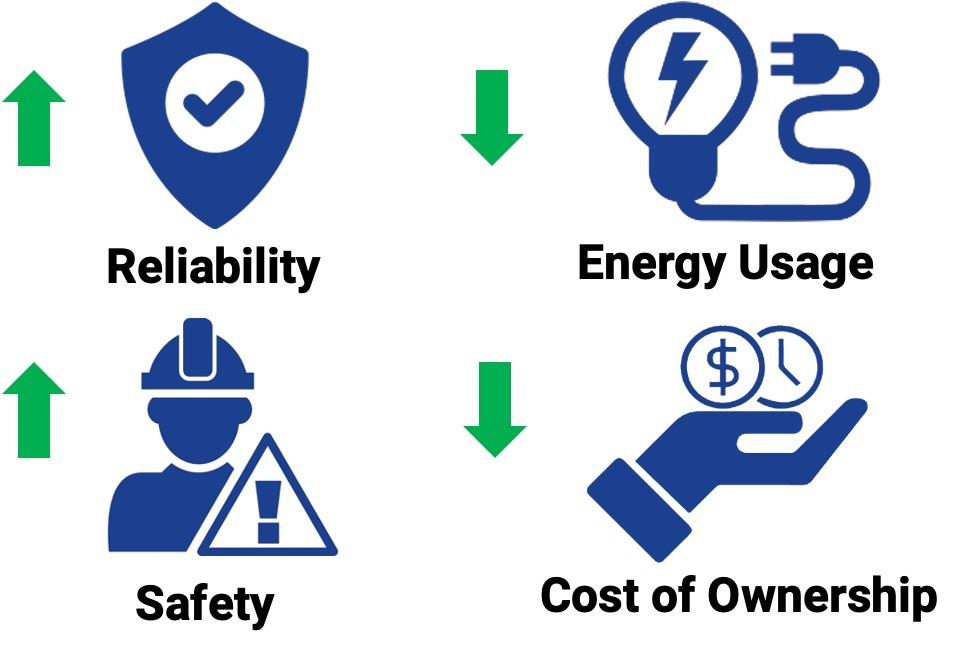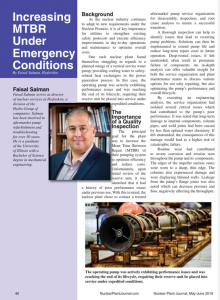Improving Maintenance Intervals in Demanding Applications
Some services are inherently difficult due to factors such as fluid quality or multiple disparate operating points. These factors are an inherent part of the process and cannot be changed to improve reliability. Harsh applications can be a costly prospect, both in overhaul costs and in the time and labor required for frequent servicing. Many times we become caught in the perception that there is no improvement to be had for these services. A short mean-time-between-failures (MTBF) becomes routine and expected, and maintenance activities and parts procurement are built around this expectation.
 It’s important that processes are built around historical run times to anticipate needs in the short term. However, it is equally important to take a step back and ask– “is this maintenance interval really acceptable or is there something that I can do to improve it?” An end user in the Canadian oil sands industry decided to take on that challenge when faced with a problematic bitumen froth transfer pump. This end user partnered with Hydro’s Scotford facility in Alberta to develop a series of upgrades that improved operating life while simultaneously reducing the cost of repair.
It’s important that processes are built around historical run times to anticipate needs in the short term. However, it is equally important to take a step back and ask– “is this maintenance interval really acceptable or is there something that I can do to improve it?” An end user in the Canadian oil sands industry decided to take on that challenge when faced with a problematic bitumen froth transfer pump. This end user partnered with Hydro’s Scotford facility in Alberta to develop a series of upgrades that improved operating life while simultaneously reducing the cost of repair.
Read the full case study in World Pumps July/August 2023 edition.
Learn more about our Hydro Scotford service center.





 As the nuclear industry continues to adapt to new requirements under the Nuclear Promise, it is of key importance for utilities to strengthen existing safety protocols and execute efficiency improvements in day-to-day operations and maintenance to optimize overall costs.
As the nuclear industry continues to adapt to new requirements under the Nuclear Promise, it is of key importance for utilities to strengthen existing safety protocols and execute efficiency improvements in day-to-day operations and maintenance to optimize overall costs.